Microplastic Mysteries: How Tiny Particles Are Impacting Your Health
They’re invisible to the naked eye, yet they may be shaping our health in ways we’re only beginning to grasp. Microplastics—tiny shards and fibers smaller than 5 millimeters—have infiltrated nearly every part of our world. They’re in our oceans, soil, food, drinking water… even the air we inhale. And now, they’re turning up in human blood, lungs, and vital organs. Once seen purely as an environmental threat, these particles are forcing scientists to confront a new question: what are they doing inside us? Early findings link microplastics to hormonal disruption, inflammation, immune dysfunction, and potential long-term disease risks. That’s why we’ve expanded our guide to 23 Microplastic Mysteries—uncovering how they get into your body, what damage they might cause, and practical steps to reduce your exposure. Because the real danger isn’t only out there—it’s what’s quietly building within. This isn’t alarmism. It’s awareness. And it starts now.
1. The Ubiquity of Microplastics in the Environment
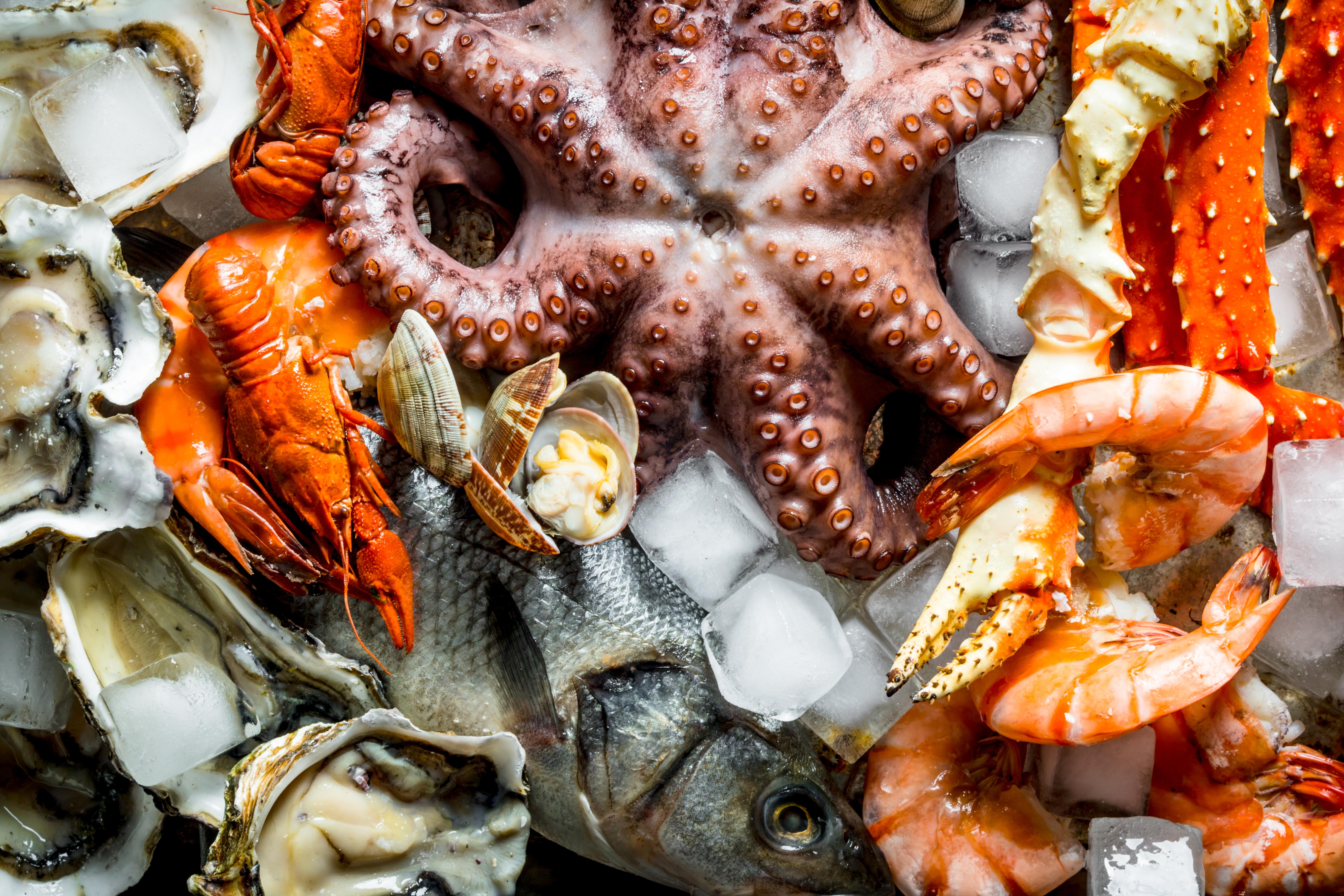
Microplastics have infiltrated virtually every corner of the planet, from the depths of the ocean to the peaks of the highest mountains. Their pervasive presence in ecosystems underscores their potential to enter the food chain, ultimately reaching humans. Studies have detected microplastics in a variety of food items, including seafood, salt, and even honey. These particles are not only ingested but also inhaled, as they become airborne through the degradation of plastics and the release of fibers into the atmosphere. This widespread distribution raises significant concerns about the chronic exposure of humans to microplastics and the long-term implications for health.
2. Microplastics and the Human Digestive System

Once ingested, microplastics embark on a journey through the human digestive system, where they can potentially cause harm. Research suggests that these particles may disrupt gut health by altering the composition of gut microbiota, which plays a crucial role in digestion and immune function. The presence of microplastics in the gut may lead to inflammation or even contribute to the development of gastrointestinal disorders. Furthermore, the chemical additives in plastics, such as phthalates and bisphenol A (BPA), can leach into the body, posing additional health risks. Understanding the interactions between microplastics and the digestive system is essential for assessing their overall impact on human health.
3. Respiratory Exposure to Microplastics

Beyond ingestion, inhalation is another significant route of exposure to microplastics. These particles can be suspended in the air, especially in urban environments where pollution levels are high. Inhaled microplastics can penetrate deep into the respiratory tract, potentially leading to respiratory issues such as asthma, chronic obstructive pulmonary disease (COPD), and other lung conditions. The physical presence of these particles, coupled with their chemical components, may exacerbate respiratory inflammation and compromise lung function. As research continues, the respiratory implications of microplastic exposure remain a critical area of investigation.
4. Microplastics and the Immune System

The immune system is our body's primary defense against foreign invaders, and microplastics represent a novel challenge. Studies have shown that microplastics can trigger immune responses, leading to inflammation and oxidative stress. The body's attempt to degrade these particles can result in the release of reactive oxygen species, which may cause cellular damage. Additionally, the immune response to microplastics could potentially lead to autoimmune reactions, where the body mistakenly attacks its own tissues. Understanding how microplastics interact with the immune system is crucial for evaluating their potential to contribute to chronic health conditions.
5. Endocrine Disruption and Microplastics

Microplastics are not just inert particles; they often carry chemical additives that can interfere with the endocrine system. These chemicals, known as endocrine disruptors, can mimic or block hormones, leading to a range of health issues. Exposure to endocrine disruptors has been linked to reproductive problems, developmental disorders, and certain cancers. The presence of microplastics in the body may exacerbate these effects, as they provide a vehicle for these chemicals to enter biological systems. The potential for microplastics to disrupt hormonal balance is a growing concern that warrants further investigation.
6. Microplastics and Neurotoxicity

Emerging research suggests that microplastics may pose neurotoxic risks, potentially affecting brain health and cognitive function. Some studies have indicated that microplastics can cross the blood-brain barrier, a protective shield that normally prevents harmful substances from entering the brain. Once inside, these particles may contribute to neuroinflammation and oxidative stress, which are associated with neurodegenerative diseases such as Alzheimer's and Parkinson's. The long-term effects of microplastic exposure on the nervous system remain largely unknown, highlighting the need for continued research in this area.
7. The Impact of Microplastics on Reproductive Health

Reproductive health is another area of concern when it comes to microplastic exposure. Animal studies have demonstrated that microplastics can adversely affect reproductive functions, including reduced fertility and developmental abnormalities in offspring. The potential for microplastics to disrupt hormonal pathways and accumulate in reproductive organs raises questions about their impact on human reproductive health. As microplastics continue to infiltrate our environment, understanding their effects on fertility and development is essential for safeguarding future generations.
8. Microplastics and Cardiovascular Health
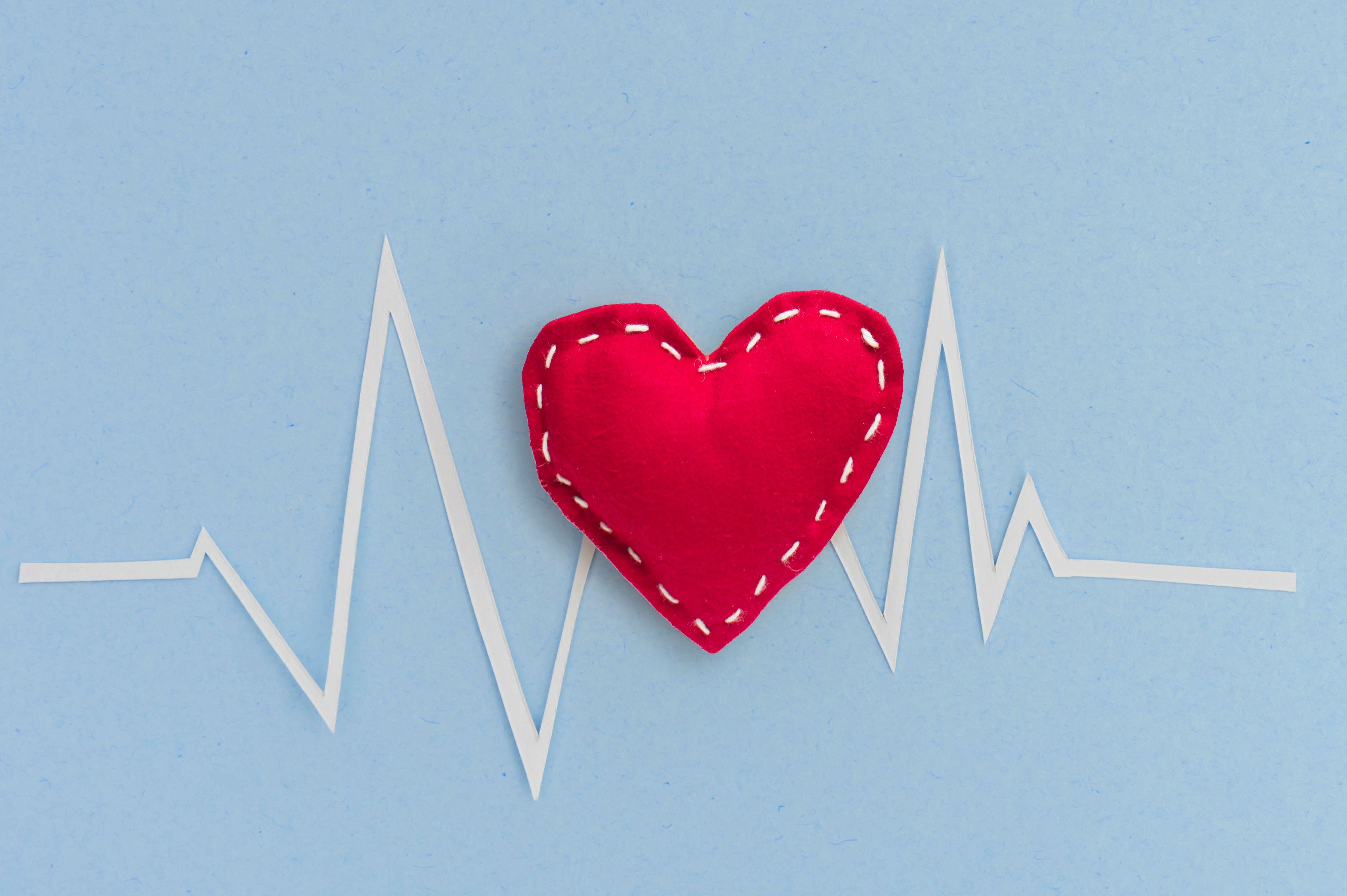
The cardiovascular system may also be vulnerable to the effects of microplastics. Research has suggested that the inflammation and oxidative stress induced by microplastic exposure could contribute to cardiovascular diseases, such as atherosclerosis and hypertension. Additionally, the chemical additives in plastics may interfere with lipid metabolism and blood pressure regulation. As cardiovascular diseases remain a leading cause of mortality worldwide, understanding the potential role of microplastics in exacerbating these conditions is of paramount importance.
9. Microplastics and Cancer Risk
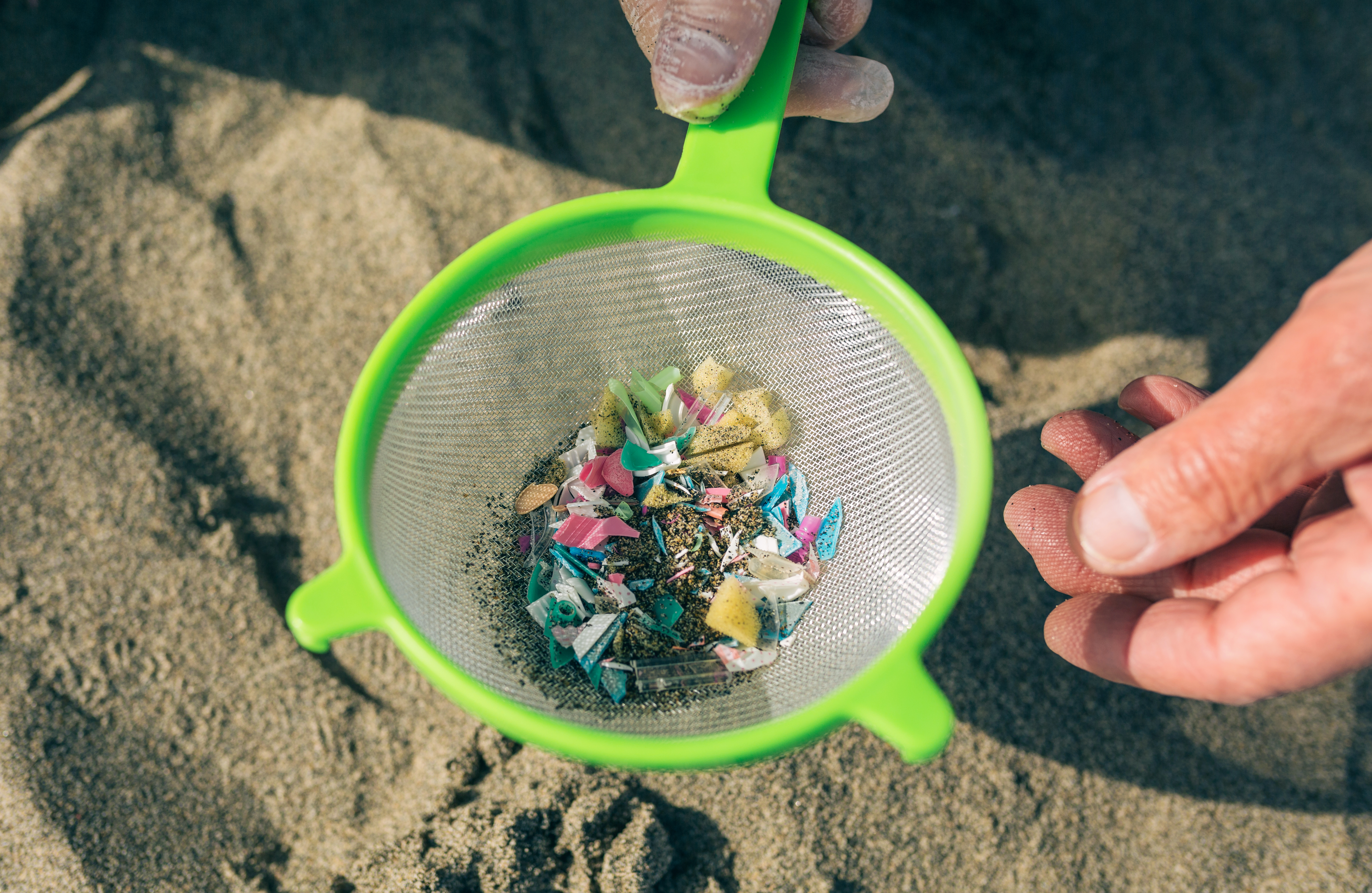
The potential link between microplastics and cancer is an area of active investigation. Some studies have raised concerns that the chemical additives in plastics, many of which are known carcinogens, could increase the risk of cancer when introduced into the body via microplastics. Additionally, the chronic inflammation and oxidative stress caused by microplastic exposure may create an environment conducive to cancer development. While definitive evidence is still lacking, the precautionary principle suggests that minimizing exposure to microplastics could be a prudent strategy for reducing cancer risk.
10. Bioaccumulation of Microplastics in the Food Chain

Microplastics have the potential to bioaccumulate in the food chain, leading to higher concentrations in organisms at the top, including humans. This phenomenon occurs when microplastics are ingested by smaller organisms, which are then consumed by larger predators. As these particles move up the food chain, their concentration can increase, leading to greater exposure for humans who consume seafood and other animal products. The bioaccumulation of microplastics raises concerns about the long-term health implications of consuming contaminated food, particularly for populations that rely heavily on seafood for their diet.
11. The Role of Policy and Regulation in Mitigating Microplastic Exposure
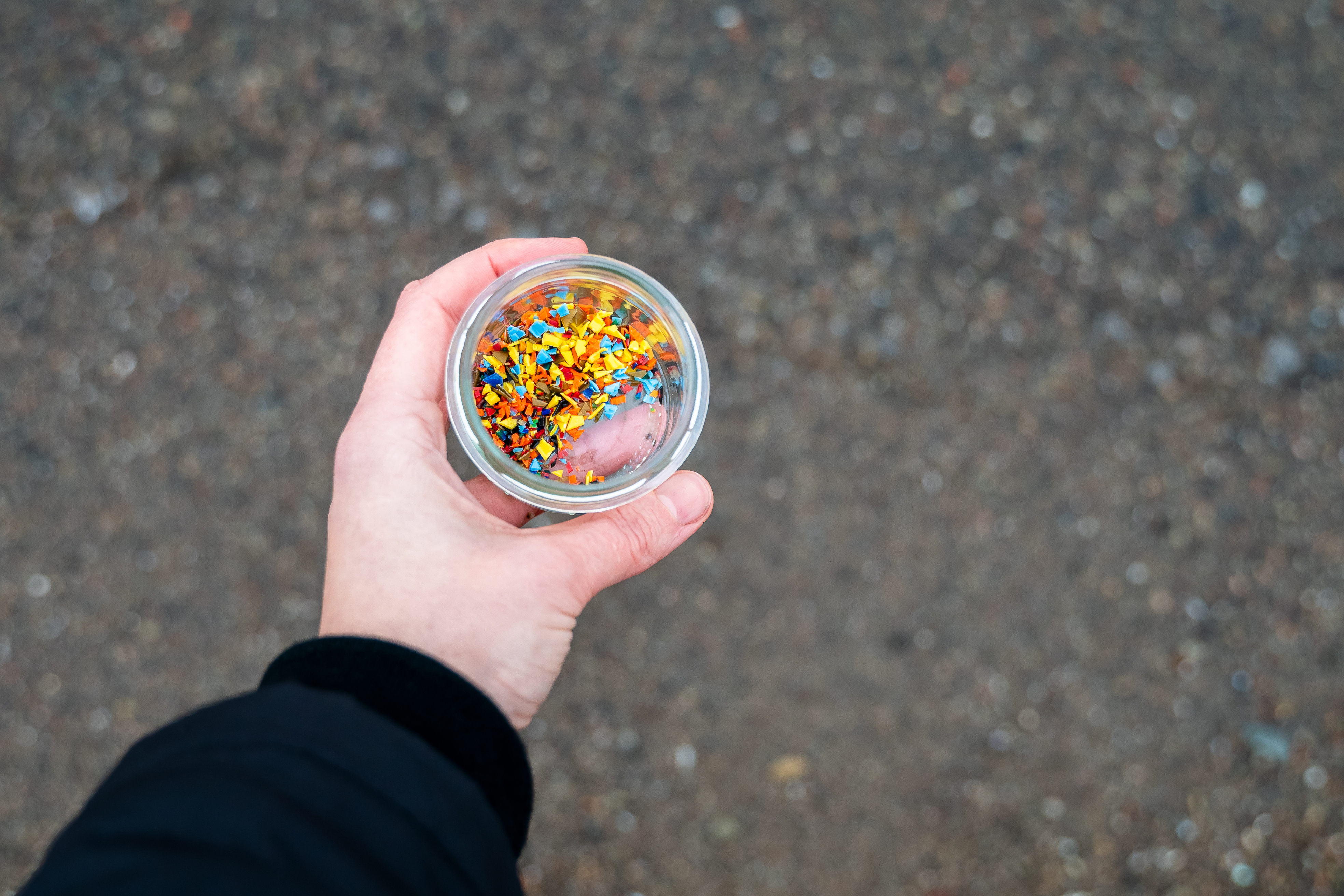
Addressing the challenges posed by microplastics requires concerted efforts at the policy and regulatory levels. Governments and international organizations are beginning to recognize the need for regulations that limit the production and release of microplastics into the environment. This includes measures to reduce plastic waste, promote recycling, and develop alternatives to single-use plastics. Additionally, research funding is essential for advancing our understanding of microplastic impacts and developing strategies to mitigate their effects. Effective policy and regulation are crucial for protecting public health and preserving the environment for future generations.
12. Innovative Solutions for Microplastic Reduction
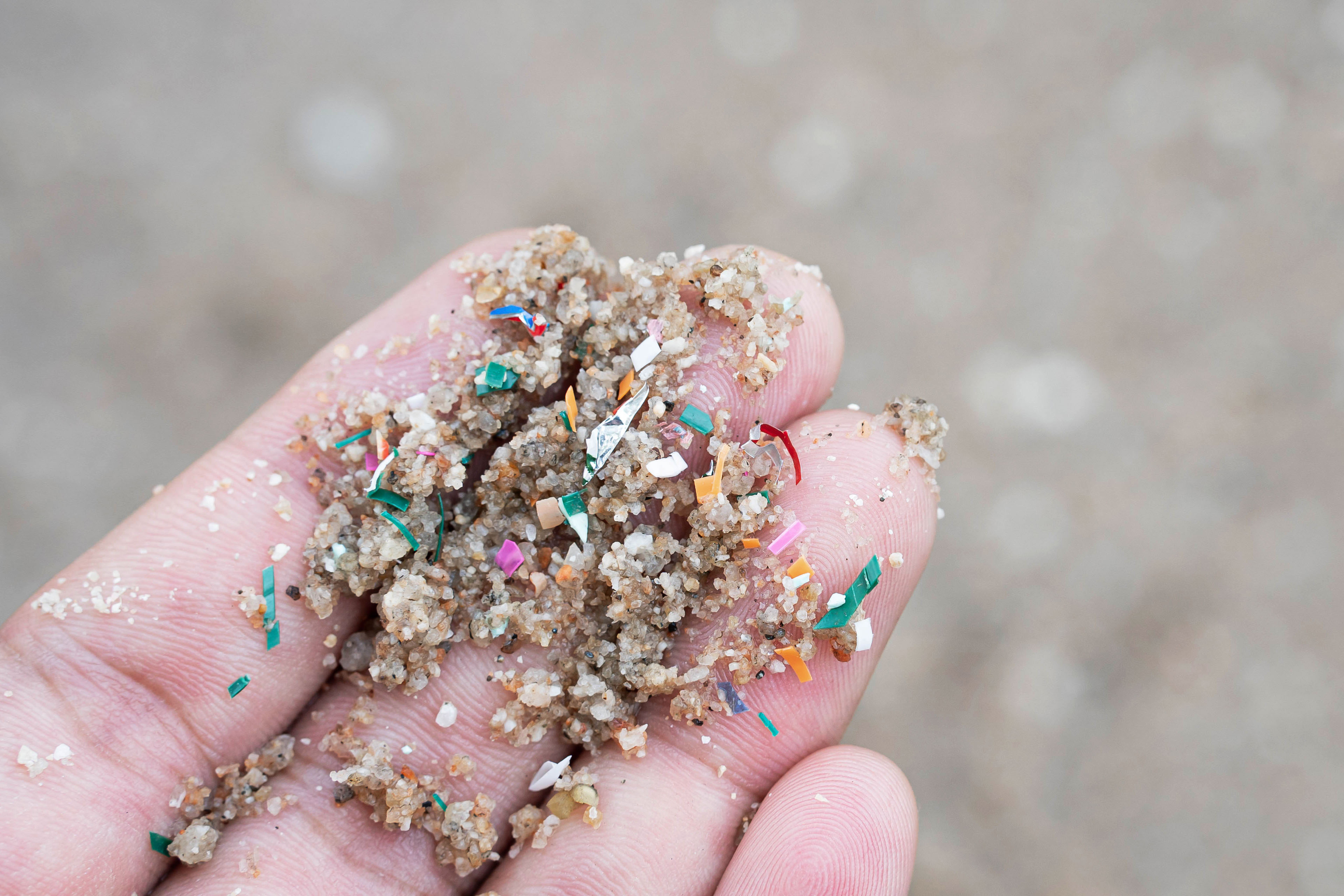
Innovative solutions are emerging to tackle the microplastic problem, offering hope for reducing their prevalence and impact. Researchers are exploring biodegradable materials as alternatives to conventional plastics, aiming to reduce the generation of microplastics from product degradation. Advances in filtration technology are also being developed to capture microplastics in wastewater and prevent their release into aquatic environments. Public awareness campaigns and consumer education are vital for encouraging sustainable practices and reducing plastic consumption. By embracing innovation and collaboration, society can make significant strides in addressing the challenges posed by microplastics.
13. Public Awareness and Behavioral Change
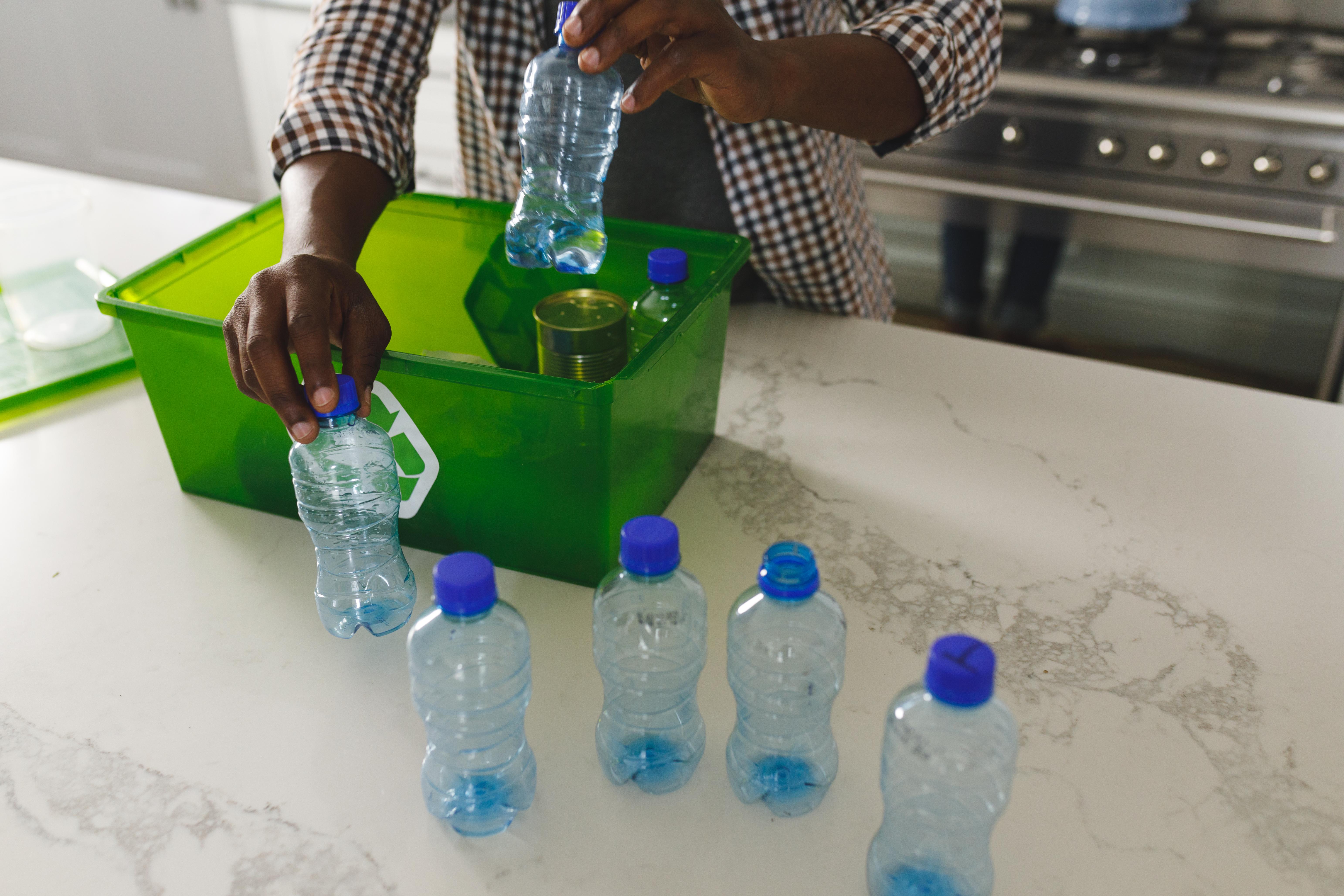
Public awareness and behavioral change are essential components of the effort to reduce microplastic exposure. Educating individuals about the sources and impacts of microplastics can empower them to make informed choices, such as reducing plastic use and supporting sustainable products. Community initiatives, such as beach clean-ups and plastic-free campaigns, can also play a role in raising awareness and promoting collective action. By fostering a culture of environmental responsibility, society can work towards reducing the prevalence of microplastics and mitigating their impact on health and the environment.
14. Microplastics in Tap Water: The Unseen Sip
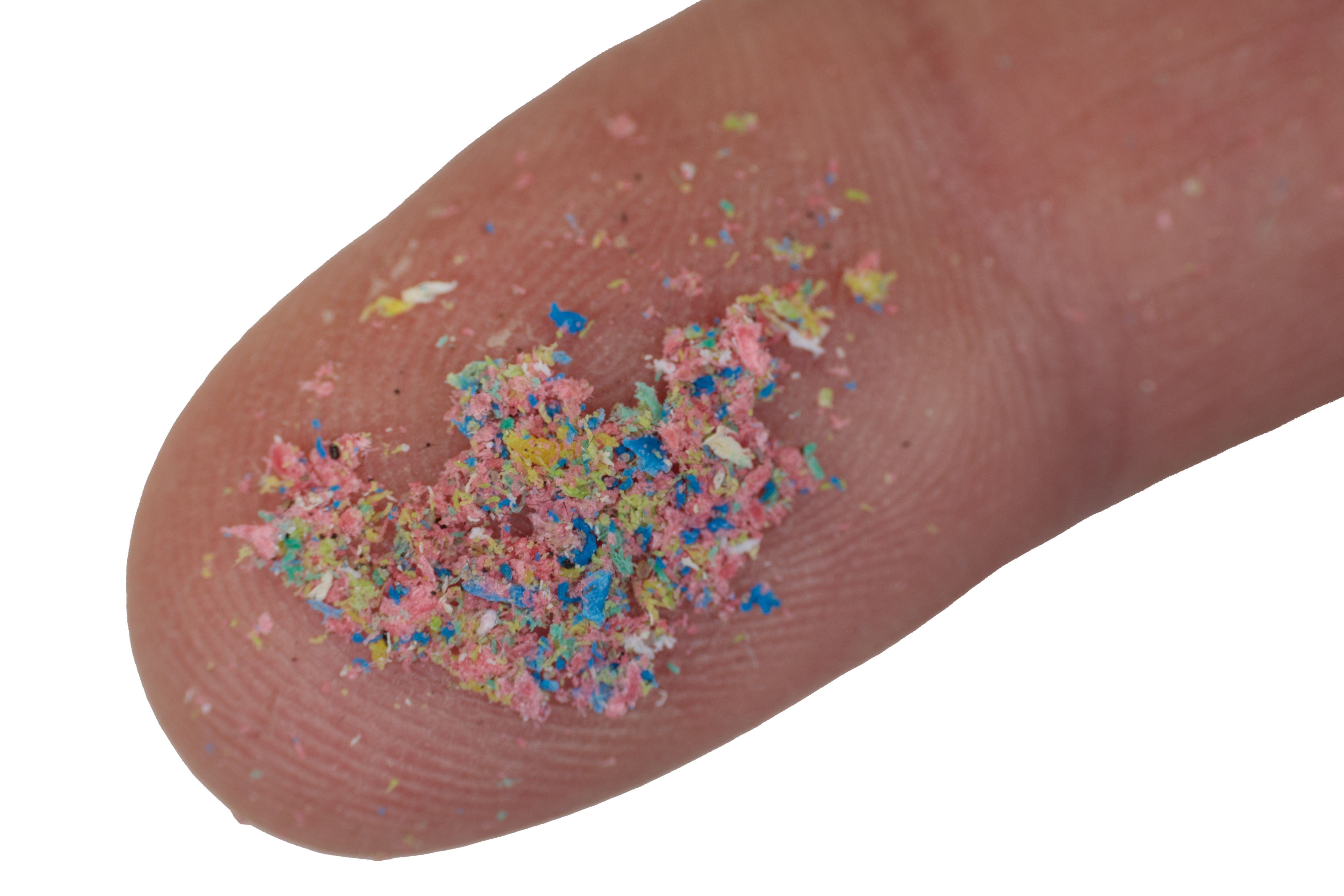
Think bottled water is the only culprit? Think again. Studies have shown that municipal tap water around the world contains microplastic particles—likely from aging infrastructure, synthetic clothing runoff, or degraded packaging. While filtration helps, not all filters capture particles this small. Daily exposure through something as routine as a glass of water raises real concern over long-term ingestion. Even boiling doesn’t eliminate these contaminants. Investing in advanced filtration systems (like those with reverse osmosis or activated carbon) and reducing household plastic use can limit your intake. The bottom line? Your clean glass may not be as clean as it looks.
15. Microplastics and Skin Exposure
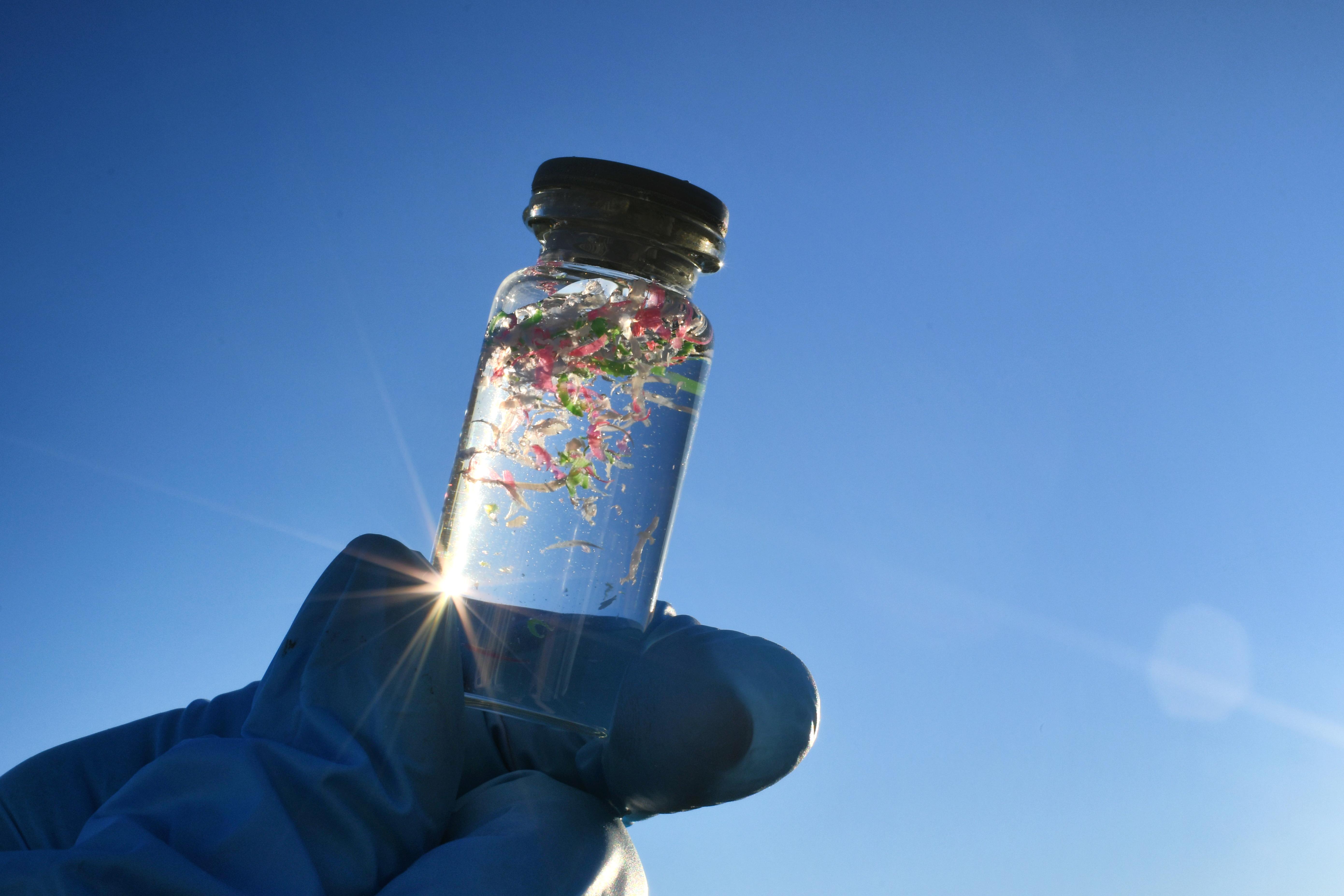
Microplastics aren’t just something we eat or inhale—they’re also hiding in what we put on our skin. Personal care products like exfoliating scrubs, cleansers, and even glittery cosmetics often contain plastic microbeads or residues that can be absorbed through pores or enter the body through tiny abrasions. Over time, this exposure can contribute to skin irritation, inflammation, and the systemic absorption of harmful chemicals. Even clothing made from synthetic fibers can shed microplastics onto the skin. Switching to natural skincare products and wearing breathable, organic fabrics may not just benefit your skin—it could protect your internal health, too.
16. Microplastics in Infant Products

Babies are among the most vulnerable to microplastic exposure—yet their daily environment is often filled with plastic. Studies have found microplastics in baby bottles, formula containers, teething toys, and even pacifiers. When heated, sterilized, or washed repeatedly, these items can shed microscopic particles into liquids or be directly ingested. Infants’ developing systems are particularly susceptible to endocrine disruption and immune interference, making early exposure especially concerning. Opting for glass bottles, silicone alternatives, and unscented, plastic-free baby products can significantly reduce exposure during this crucial developmental phase. Because protection shouldn’t start with damage control—it should start with prevention.
17. Clothing and Laundry: The Synthetic Fiber Fallout
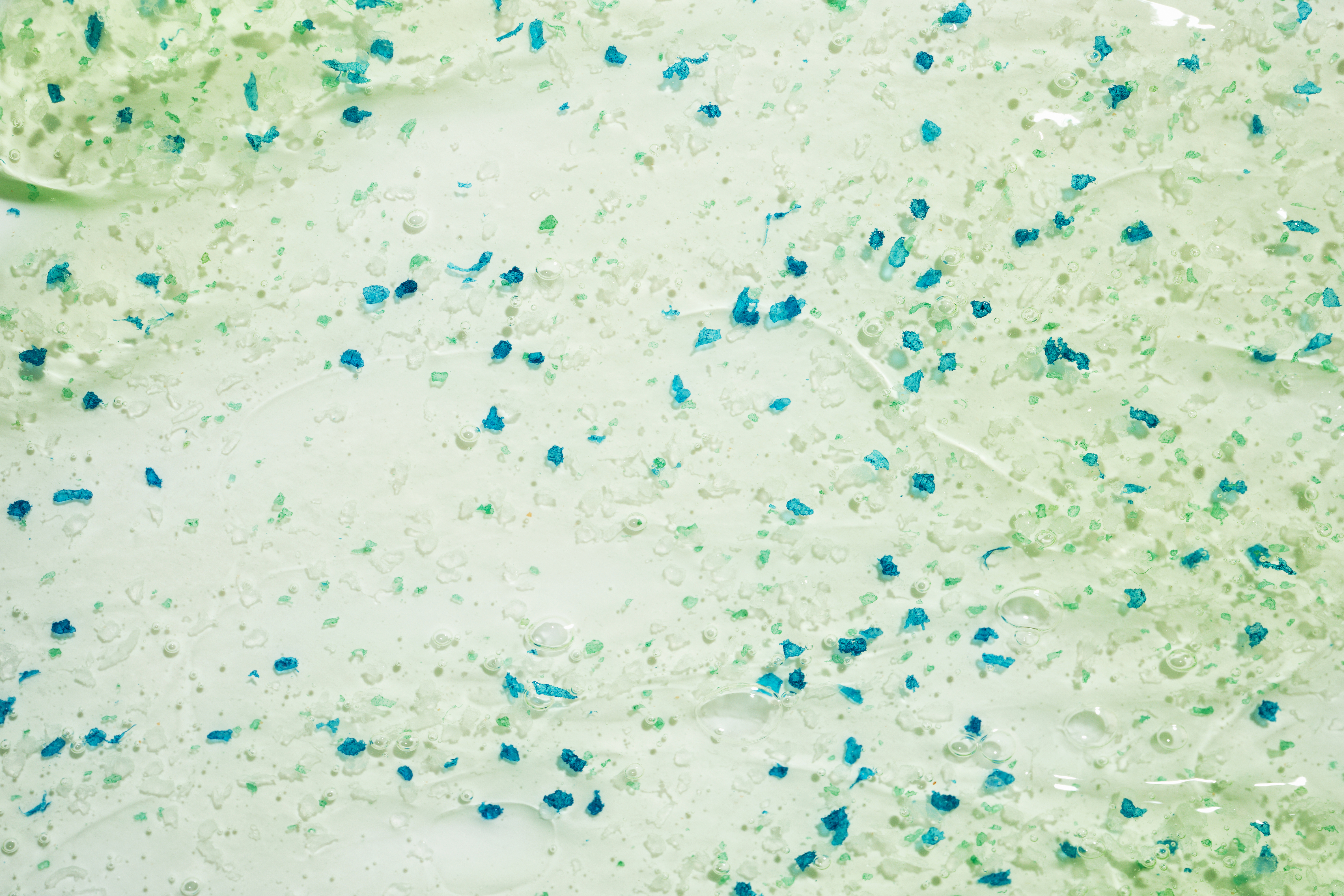
Every time you wash synthetic fabrics—like polyester, nylon, or acrylic—your washing machine releases thousands of microplastic fibers into the water system. These fibers are too small to be filtered out by standard wastewater treatment and often end up in rivers, oceans, and eventually… on your plate. This “fiber fallout” isn’t just an environmental issue—it’s a direct pipeline back into your body. Solutions include using microfiber-catching laundry bags, filters, or simply switching to natural fabrics like cotton, hemp, or linen. Even small shifts in your wardrobe can drastically reduce microplastic pollution at the source—right from your laundry room.
18. The Role of Indoor Dust: A Hidden Source of Daily Exposure

You may never see it, but your indoor dust is likely teeming with microplastics—especially in homes filled with synthetic rugs, upholstery, electronics, and packaged goods. These particles settle onto surfaces and become airborne again through movement, heating systems, or cleaning. Children are particularly at risk due to hand-to-mouth behavior and their proximity to the floor. Frequent vacuuming with HEPA filters, wet dusting (not dry sweeping), and opting for plastic-free home materials can minimize your exposure. Sometimes the biggest threat to your health isn’t outside—it’s gathering silently in the corners of your living room.
19. Microplastics in Tea Bags

Many premium and “silky” tea bags aren’t woven from paper—they’re made from plastic like nylon or PET. When steeped in hot water, they can release billions of microplastic particles directly into your cup. These particles may carry chemical additives or adsorbed toxins, delivering them straight into your digestive system. Switching to loose-leaf tea brewed with a stainless steel or glass infuser eliminates this hidden source entirely. Even opting for plain paper tea bags without heat-sealed edges can dramatically reduce your intake. That calming evening tea ritual? It should soothe your body, not silently dose it with plastic.
20. Microplastics in Salt
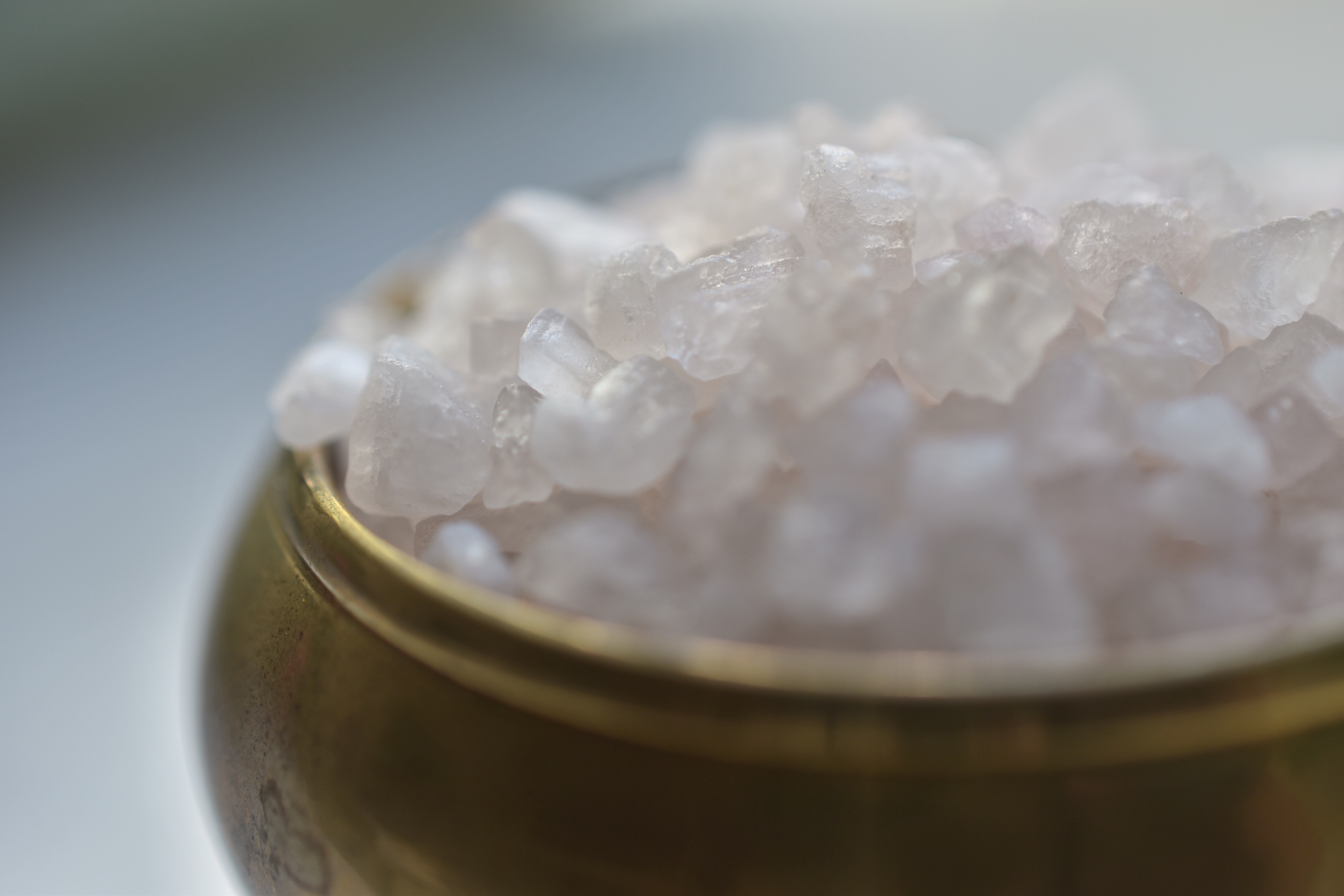
Sea salt, rock salt, and even table salt have all been found to contain microplastic fragments—often from degraded fishing gear, packaging waste, and water pollution. Since salt is consumed daily and in small quantities, these microplastics can quietly accumulate in your body over time. While you can’t remove them once they’re in the salt, choosing brands that source from cleaner waters and are tested for purity can help. Himalayan and certain mineral-rich salts may offer lower contamination rates, though no salt source is guaranteed plastic-free in today’s environment. This seasoning comes with more than just flavor—it can carry baggage.
21. Microplastics in Rainwater

It’s no longer safe to assume that rain is “pure.” Studies have detected microplastics falling from the sky, carried by atmospheric currents over long distances. These particles settle into soil, water sources, and even home gardens, meaning crops and backyard water collection systems aren’t immune. Over time, these airborne plastics can contribute to contamination in homegrown produce and drinking water. Covering water barrels, rinsing garden produce thoroughly, and using indoor grow setups for sensitive crops can reduce exposure. Even nature’s cleanest resource—rain—is now part of the microplastic cycle.
22. Microplastics from Food Packaging
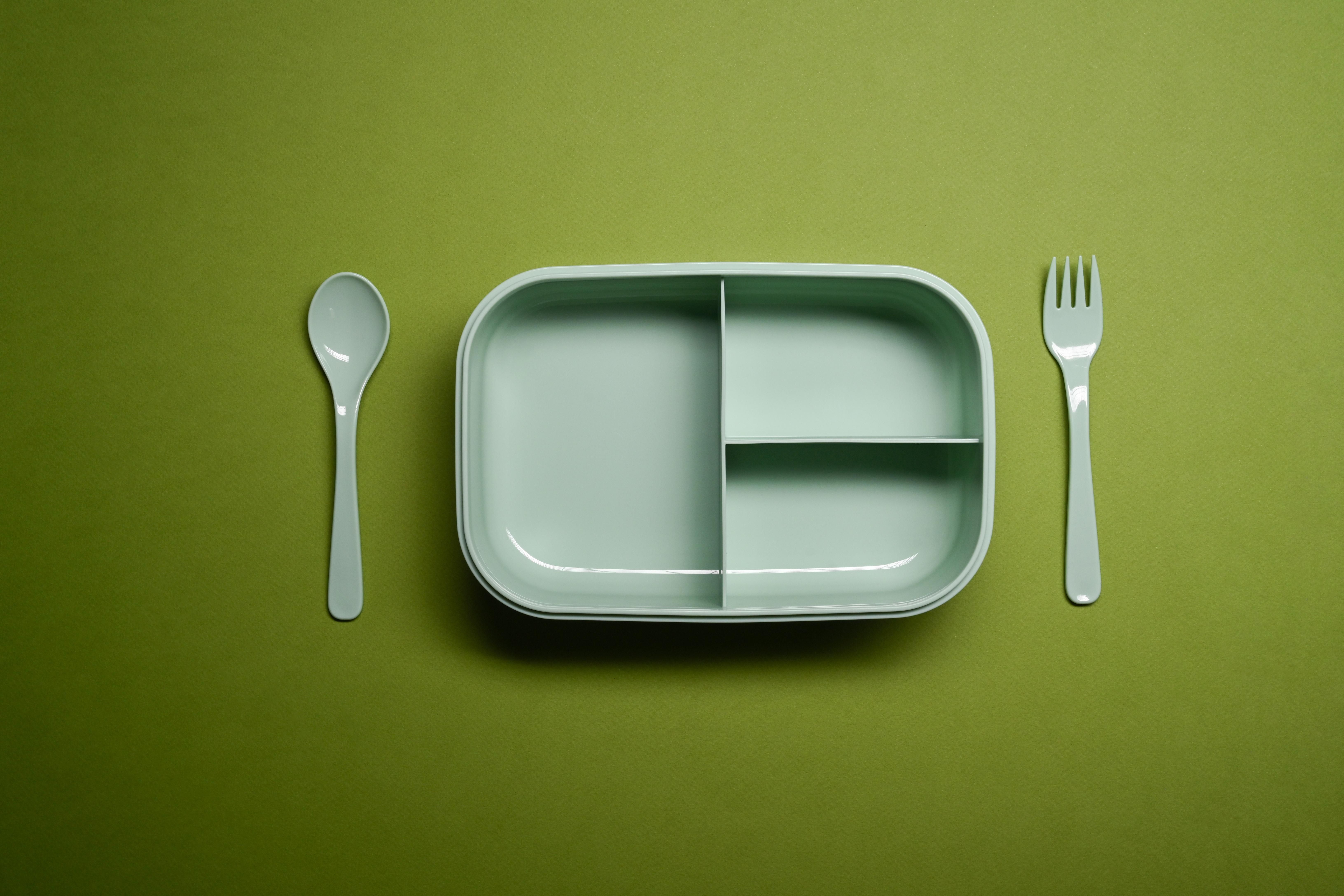
From microwaveable containers to single-use takeaway boxes, plastic packaging can shed microplastics into your food—especially when heated or exposed to acidic or oily contents. The process is accelerated in the microwave, where both heat and steam can break down packaging materials. Replacing plastic with glass, stainless steel, or silicone for reheating and storage can significantly cut down on ingestion. It’s a simple swap with high impact: the less your food touches heated plastic, the fewer particles you consume. Convenience shouldn’t come at the cost of adding invisible debris to your meals.
23. Microplastics in Beer

Beer lovers may be surprised to learn that microplastics have been detected in many commercial brews. Contamination can occur at multiple stages—through brewing water, airborne particles in facilities, or even during bottling and packaging. While the quantities per pint are small, regular consumption adds up. Choosing breweries that filter their water and use stainless steel kegs over plastic-lined containers can help reduce exposure. Supporting local craft brewers who prioritize sustainable, plastic-free processes can also make a difference. That refreshing pint should be a clean toast to good health—not an accidental microplastic cocktail.
The Invisible Threat You Can Fight

Microplastics may be small, but their reach is staggering—touching our food, water, air, and even the rain that falls from the sky. They’re not just an environmental issue anymore; they’re a personal one, quietly entering our bodies and potentially influencing our health in ways we’re only beginning to understand. The good news? Awareness is power. By knowing where microplastics hide—in tea bags, salt, packaging, clothing fibers, and more—you can make choices that reduce your exposure. Swap plastics for glass or metal, filter your water, choose natural fabrics, and support brands that prioritize sustainability. These steps won’t solve the global problem overnight, but they will protect you and send a signal that cleaner, safer practices matter. The fight against microplastics starts at the smallest scale—your daily habits. Because when you take action in your own life, you’re not just reducing risk—you’re part of a much bigger change.